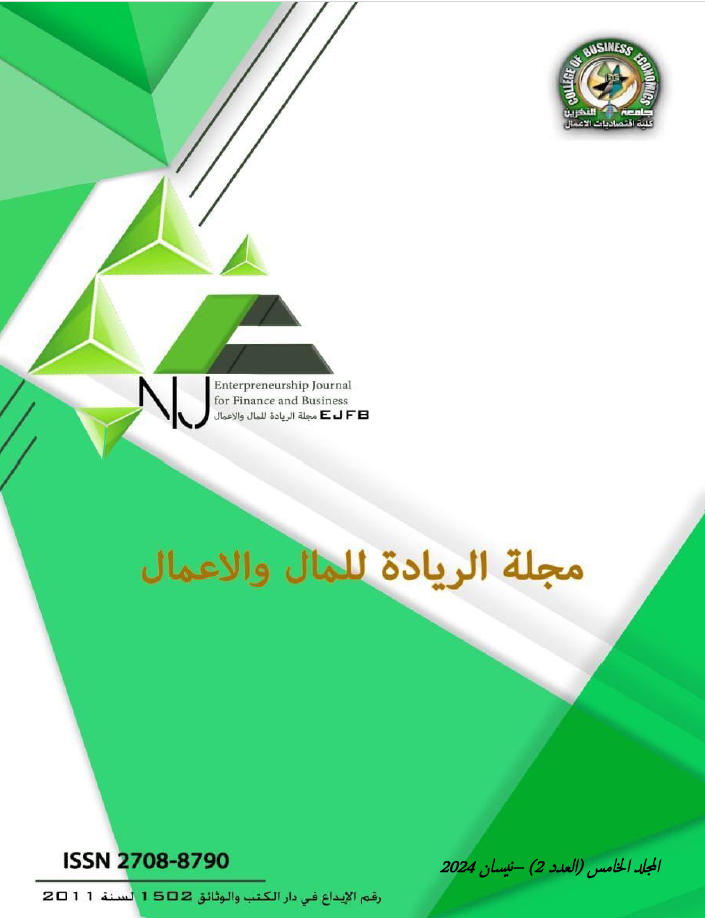The effect of applying the internal control system COBIT5 framework on tax performance
DOI:
https://doi.org/10.56967/ejfb2024422Keywords:
internal control system, COBIT5, tax performanceAbstract
The purpose of this research is to analyze the effect of applying the internal control system according to the COBIT5 framework on tax performance. Data was collected from the research sample using the questionnaire form, and the number of distributed questionnaires was (55), distributed to each of the officials and workers in the Iraqi General tax authority, Professionals, and Academics at the University of Baghdad. A set of statistical methods were used to study the relationship between the two research variables, using the statistical program (SPSS) to analyze the data and calculate (the arithmetic mean, correlation coefficient, coefficient of variation, F test, R2 coefficient of determination, T test, Cronbach's alpha coefficient). The research has a significant positive relationship and influence between the framework (COBIT5) and the tax performance. The most influential dimensions of COBIT5 in tax performance dimension delivery, service and support (DSS), followed by evaluation, guidance and control (EDM), while the least influential dimensions in tax performance dimension compliance are planning and organization (APO). The research recommended adopting the COBIT5 internal control framework as a guide for auditors to advise senior management on the efficiency of the internal control system in the tax institution. This includes a governance framework for information technology, which is one of the most important pillars of the corporate governance system. This research also contributes by providing theoretical and practical implications for tax administration to improve the reality of tax performance.
Downloads
Downloads
Published
How to Cite
Issue
Section
License
Copyright (c) 2024 منى عبدالفتاح احمد

This work is licensed under a Creative Commons Attribution 4.0 International License.
This is an Open Access article distributed under the terms of the creative commons attribution (CC BY) 4.0 international license which permits unrestricted use, distribution, and reproduction in any medium or format, and to alter, transform, or build upon the material, including for commercial use, providing the original author is credited.






